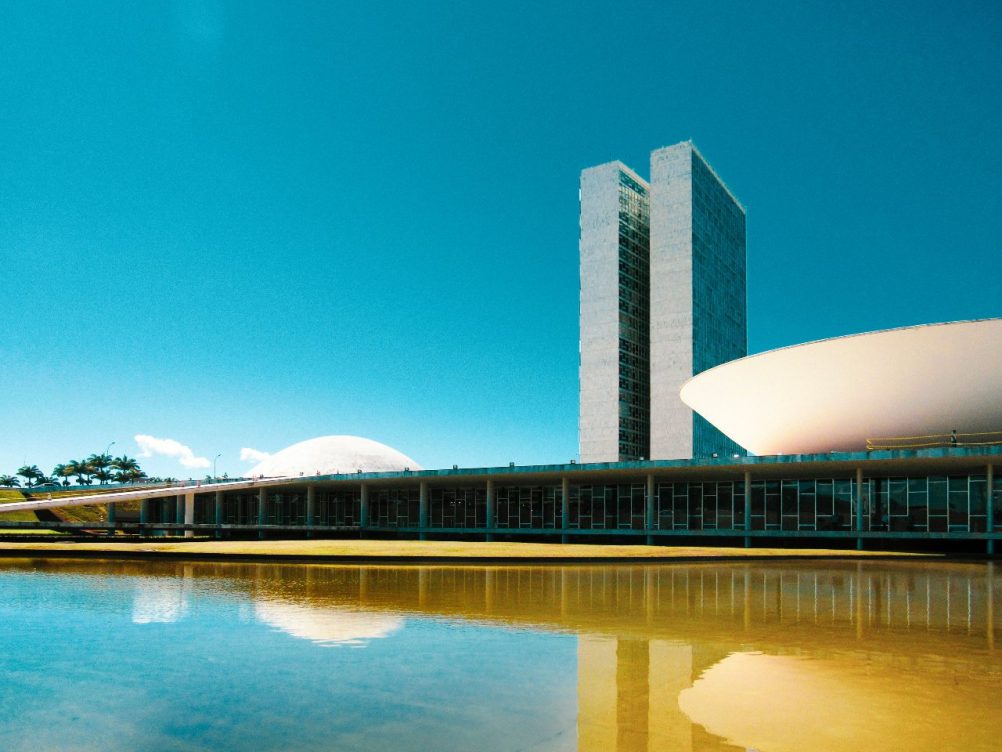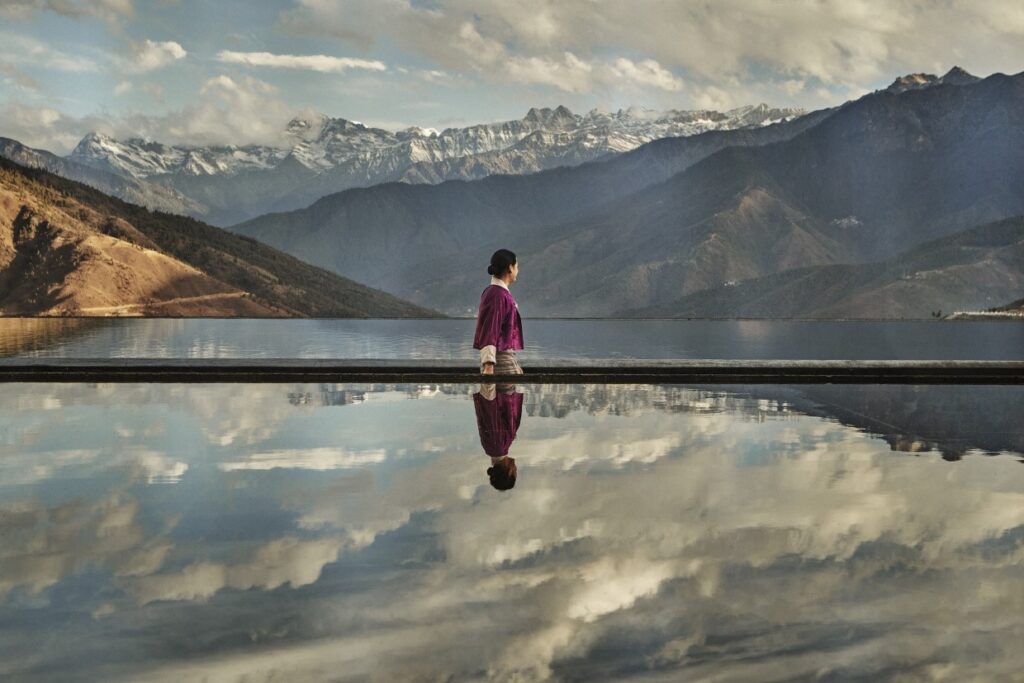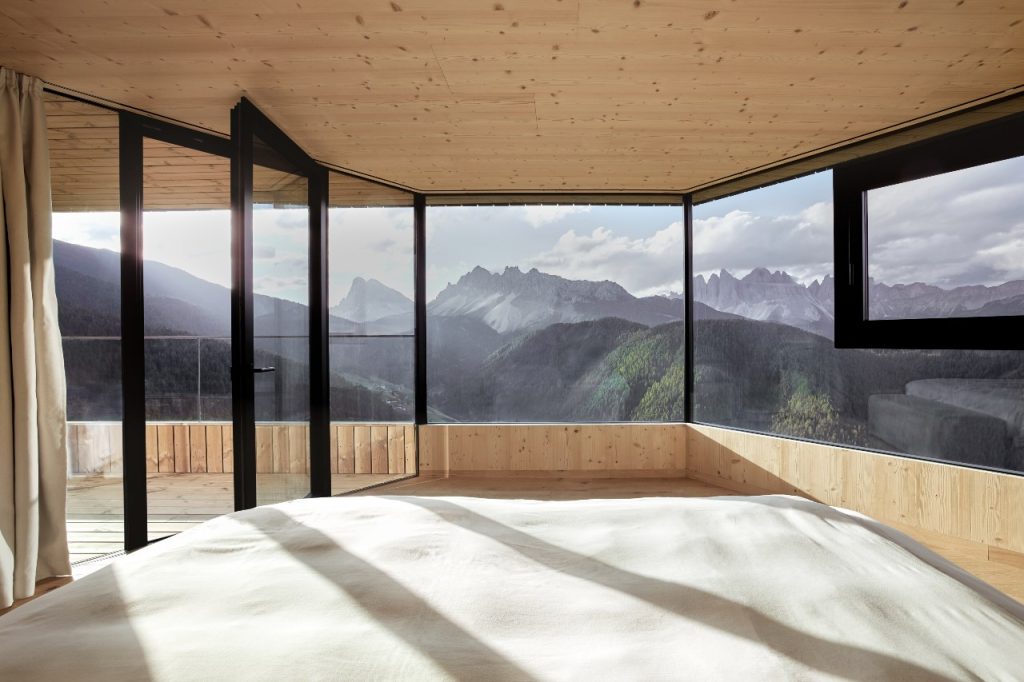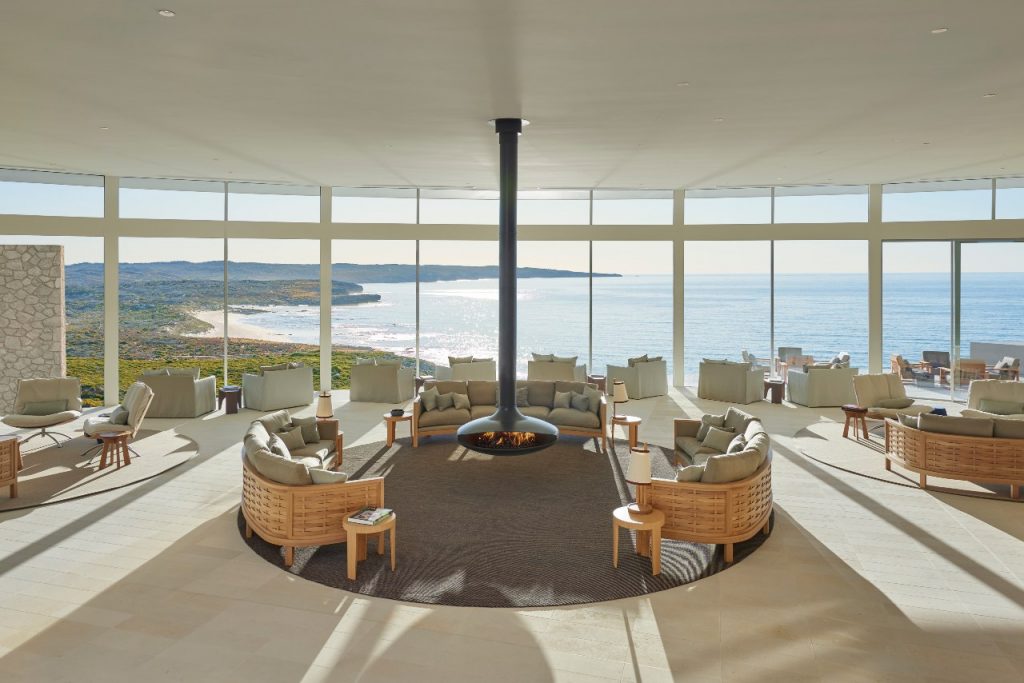How Brazil’s brilliant capital was constructed (almost) overnight
Six decades on, it remains a bold piece of urban design.
Words by Ute Junker
Photo Ramon Bucard via Unsplash
Even in the 1950s, when big dreams were in fashion, the idea of a creating an ultra-modern city in the grasslands of the country’s most backward region seemed implausible. Yet Brasilia has grown and thrived, not only as a power centre, but as an architectural showpiece.
The man who invented Brasilia, Juscelino Kubitschek, was not the first to dream of a Brazilian capital in the geographical centre of the country. The idea of moving the capital from coastal Rio de Janeiro had been tossed around for 150 years when Kubitschek was elected president in 1956. It took a leader with Kubitschek’s crash-through-or-crash attitude to turn that idea into reality.
Brasilia was just one plank in Kubitschek’s grand vision: he boasted that he wanted to achieve 50 years progress in five. The construction of an ultra-modern new capital would not only give a huge boost to the construction industry and, through it, the wider economy: it was also designed to demonstrate, to Brazilians and the world, that Brazil was a country to be taken seriously.
To create his city of the future, Kubitschek assembled a dream team. Lucio Costa was appointed as planner, working with Oscar Niemeyer, Brazil’s most acclaimed architect and a friend of Kubitschek’s, and landscape designer Robert Burle Marx.
Kubitschek gave them a tight deadline. The central area of the city, known as the Pilot Plan, was designed, constructed and inaugurated within three years, with a 60,000 strong workforce working in three shifts, 24 hours a day. One million cubic metres of concrete and 100,000 metric tonnes of steel were used.
The site’s isolation compounded the difficulty: cement had to be airlifted in, as there were no roads leading there. Kubitschek would fly in at night to check progress and to motivate the workers. To populate his new city, Kubitschek offered two years on double pay to workers prepared to relocate. Ambitious people from across the country seized their chance, and on April 21 1960, Brazil’s new capital city was inaugurated.
Brasilia made international headlines not just for the speed of its construction, but for its remarkable buildings. No-one had ever seen anything like Niemeyer’s elegantly whimsical constructions, which embraced the ideals of modernism while displaying a very Brazilian sensuousness.
Even today, these buildings are astonishing. The gravitas of the National Congress towers is undercut by the two buildings framing them: the vast dome of the Senate and the giant saucer of the House of Deputies. The National Cathedral, a set of concrete ribs curving upward and protecting large glass panels, looks more like a lotus flower than a church.
Brasilia was about more than aesthetics, however; it was also about social programming. In Brasilia, there was to be no divide between rich and poor. Ministers and workers would live in the same buildings, all of which would be owned by the government. The buildings themselves were integrated with nature. Many were supported by columns, allowing the open space beneath to flow out into extensive green areas.
The city was laid out into separate zones, divided by two monumental boulevards – the 7km long Eixo Monumental, lined with the city’s key buildings, bisected by a 14km north-south boulevard. The boulevards divide the city into separate zones: government zones, commercial zones, hotel zones and residential zones.
Arriving in Brasilia, the first thing that strikes you is the scale of the place. Brasilia’s long boulevards and wide spaces are designed for driving, not walking, a reminder that in the 1950s, the car was considered an instrument of liberation, admired for the freedom it offered.
Fortunately, I have a car at my disposal, thanks to my guide for the day. Roberto Carneiro Torres specialises in architectural tours, and together we criss-cross the city, exploring some of its most recognisable buildings.
The Brasilia we see today is still very much Niemeyer’s city, which is itself a victory of sorts. Just five years after the city was inaugurated, the military staged a coup, ousting Januschek’s successor and bringing democracy to end in Brazil for 20 years. Niemeyer, well-known for his left-wing views, had his office pillaged, and ended up in exile in Europe. Once democracy was restored, however, Niemeyer returned to work on Brasilia, completing a total of 160 buildings before his death in 2012.
Only a few of his buildings are open to visitors. The Itaramaraty Palace, which houses the foreign affairs ministry, offers several tours a day, giving visitors the opportunity to admire the building’s sculptural central staircase and collection of Brazilian art. And then, of course, there’s the magnificent National Cathedral.
While its exterior, inspired by the crown of thorns, is striking, the interior is surprisingly serene, dominated by its patterned glass roof through which you can see the clouds drifting past. Torres explains that the original design featured sheer glass panels which, under Brasilia’s blazing sun, often overheated the church. At Niemeyer’s urging, stained glass artist Mariana Peretti created new panels in 1989, made of German glass which refracts the heat.
The cathedral is not Brasilia’s only remarkable church. Torres takes me to the Sanctuary of Dom Bosco, designed by Carlos Alberto Naves. Its plain exterior – a simple concrete box with tall lancet windows – contrasts with the jewel-like interior, filled with coloured light filtering through windows stained in 12 different shades of blue. Naves also had an eye for quirky details: Torres shows me how the windows are louvred, to provide ventilation, and also points out that the ornate ceiling is made, of all things, of pressed cardboard.
A longer version of this story originally appeared in Traveller.



